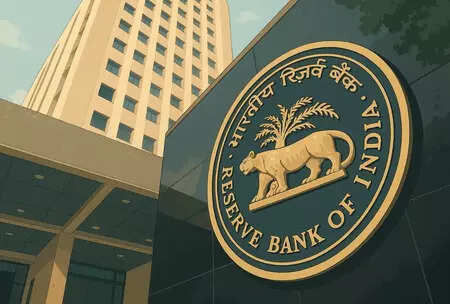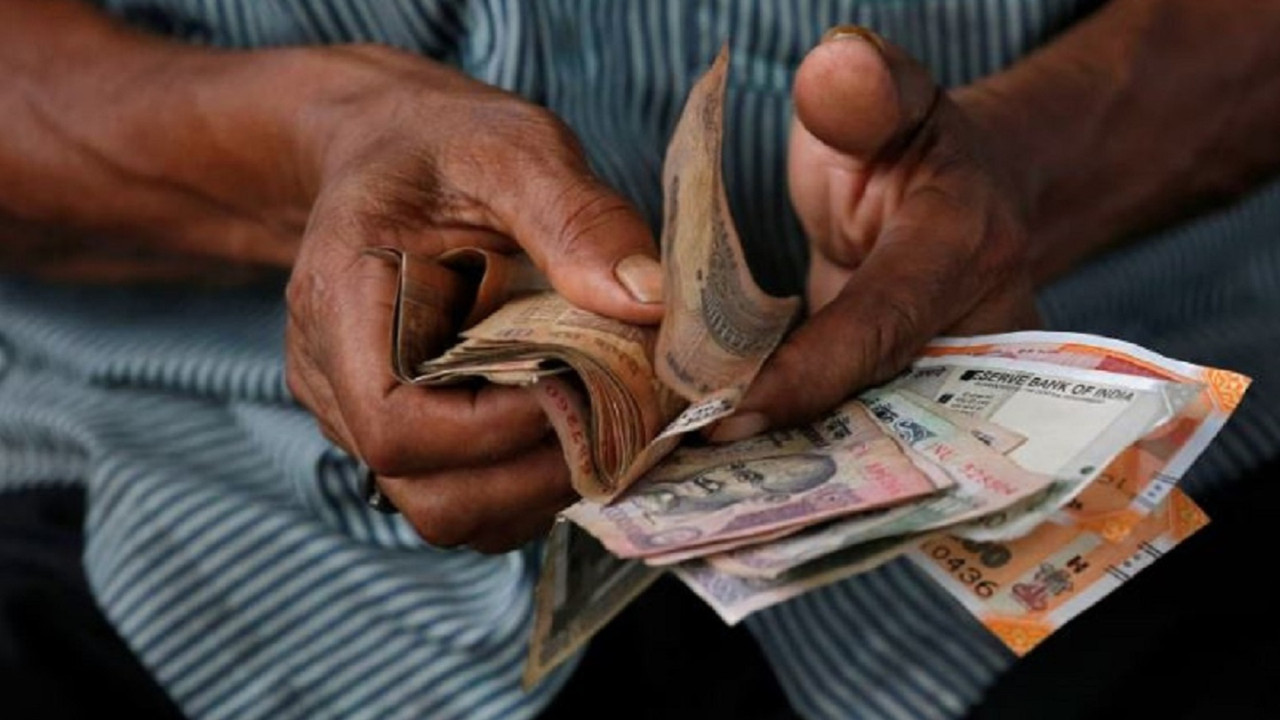The Centre is proposing a two-slab ‘Next Gen GST’ structure, sparking revenue concerns. Government sources clarify that the Centre and states share revenue equally, anticipating increased consumption to boost revenue over time. Despite initial concerns when the compensation cess period ended, GST revenues have improved, with tax buoyancy expected to rise further with proposed reforms.
Navigating the GST Revamp: A Collaborative Path Forward
The Goods and Services Tax (GST), a cornerstone of India’s economic structure, is on the cusp of potential transformation. Recent rumblings about a possible overhaul have sparked debate, with states voicing concerns about their revenue streams. However, the central government has stepped forward to reassure stakeholders that any changes will be undertaken with a spirit of collaboration and with the express intent of protecting state financial interests. Think of it less as a top-down imposition and more as a carefully orchestrated symphony where everyone’s voice matters.
Understanding the States’ Perspective: Revenue Concerns at the Forefront
For many states, GST revenue is a critical component of their overall budget. Therefore, any alteration to the existing GST framework naturally triggers anxieties. Concerns center around the potential impact on their ability to fund crucial social programs, infrastructure development, and other essential services. It’s not simply about numbers on a spreadsheet; it’s about the practical realities of governance and delivering on promises to citizens. The government understands this, emphasizing that a “one-size-fits-all” approach is off the table.
The whispers of change have prompted a healthy dose of scrutiny and discussion. It’s a sign of a robust federal system when such important fiscal matters are debated openly and transparently. What’s crucial is that these concerns are addressed proactively, ensuring that states feel secure and confident in the future of GST.
The Central Government’s Reassurances: A Commitment to Collaborative Solutions
The central government has been adamant in conveying its commitment to a collaborative approach. They’ve made it clear that states are equal stakeholders in the GST system and that their voices will be heard throughout the revamp process. This isn’t just political rhetoric; it’s a fundamental principle of cooperative federalism. It signifies a willingness to engage in meaningful dialogue and find solutions that work for everyone involved.
The government also highlighted that any potential alterations to GST rates or structures will be carefully considered, with meticulous analysis of their potential impact on state revenues. The aim is to fine-tune the system, making it more efficient and equitable, without jeopardizing the financial stability of individual states.
Exploring Potential Changes: Efficiency and Equity as Guiding Principles
While the specifics of the GST revamp remain under wraps, the underlying objectives are becoming clearer. The government aims to streamline the tax system, reduce compliance burdens, and improve overall efficiency. This could involve simplifying tax slabs, addressing loopholes, and leveraging technology to enhance transparency and accountability.
Another critical aspect is ensuring fairness and equity across different sectors and regions. The goal is to create a level playing field where businesses can thrive, regardless of their size or location. This may require revisiting existing exemptions, rationalizing tax rates, and implementing measures to prevent tax evasion.

The Road Ahead: Collaboration and Continuous Improvement
The future of GST hinges on continued collaboration between the central government and the states. This involves ongoing dialogue, data sharing, and a willingness to compromise. It also requires a commitment to continuous improvement, adapting the GST system to meet the evolving needs of the Indian economy.
The success of the GST revamp will depend on the government’s ability to build consensus, address concerns, and implement changes in a transparent and equitable manner. It’s a complex task, but one that is essential for India’s long-term economic prosperity. The conversation must extend beyond government circles, involving businesses, economists, and the public at large. Only through such inclusive engagement can we create a GST system that truly serves the needs of all stakeholders.
Interested in learning more about taxation? Read this related article on understanding India’s tax slabs.
A Stronger, More Equitable GST: A Collaborative Future
The proposed GST revamp presents both challenges and opportunities. By prioritizing collaboration, transparency, and equity, the central government and states can forge a stronger, more efficient, and more equitable tax system that benefits all stakeholders. The path forward requires open communication, a willingness to adapt, and a shared vision for India’s economic future. The future of GST rests on collaborative solutions.







